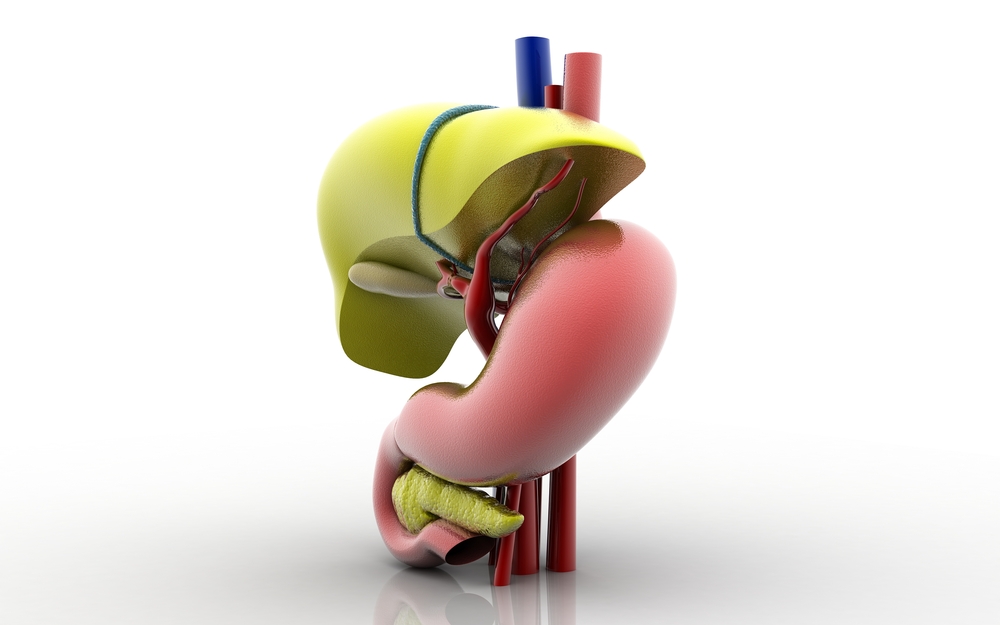Switching to Zavesca Treatment Improved Gaucher Disease Patient’s Symptoms in Case Study

A man with type 1 Gaucher disease benefited after switching treatments to Zavesca (miglustat) from Cerezyme (imiglucerase), according to a case study.
The report, “Successful Switch From Enzyme Replacement Therapy To Miglustat In An Adult Patient With Type 1 Gaucher Disease: A Case Report,” was published in the Journal of Medical Case Reports.
Gaucher disease is caused by impaired activity of the protein acid β-glucosidase, which leads to the accumulation of glucosylceramide.
There are currently two types of treatment approaches for this disease: intravenous enzyme therapy (in which patients receive copies of functional acid β-glucosidase) or oral substrate reduction therapy (patients receive an inhibitor of glucosylceramide production to slow its toxic accumulation).
Enzyme therapies include Cerezyme, VPRIV (velaglucerase alfa), and Elelyso (taliglucerase alfa). Substrate reduction therapies include Zavesca and Cerdelga (eliglustat).
Substrate reduction therapies are usually considered only when adult patients with mild to moderate Gaucher disease type 1 are unable or unwilling to receive lifelong intravenous enzyme infusions. However, the effectiveness and safety of Zavesca in patients with Gaucher disease type 1 has been shown in various clinical trials, and additional studies have shown that it can be used as maintenance therapy in patients who switched from a previous enzyme replacement therapy.
Researchers reported the case of 44-year-old Caucasian man with Gaucher disease type 1 who was initially treated with the enzyme replacement therapy Cerezyme. The patient had repeated allergic reactions in his skin, and although doctors tried to prevent these allergic reactions before each infusion of Cerezyme, the patient was unable to continue treatment with enzyme replacement.
He agreed to switch to oral substrate reduction therapy with Zavesca, starting with a dose of 100 mg twice daily and increasing to 100 mg three times a day. The patient has maintained this treatment, which has allowed his hemoglobin and platelet levels to be maintained within normal values for over eight years.
Zavesca also decreased the patient’s spleen volume and maintained the stability of his bone mineral density throughout the follow-up period. Overall, Zavesca has maintained this man’s quality of life on a satisfactory level.
Also, Zavesca was well-tolerated by the patient, and no adverse events have been reported.
“We report a case of a patient with [Gaucher disease] who underwent long-term … treatment with [Zavesca],” the authors wrote. “He showed improvements in visceral and hematological parameters during initial [enzyme replacement therapy], but he had to stop [it] because of an unacceptable level of adverse infusion reactions. After he was switched to [Zavesca], his core disease parameters, particularly bone indices, remained stable or improved, and his quality of life was maintained.”
They concluded: “While reports of previous open-label trials have indicated that [Zavesca] can, in general, act as a maintenance therapy in patients switched from previous intravenous treatment with [enzyme replacement therapy], this case provides a specific example of the type of patient with [Gaucher disease type 1] in whom switching to oral [substrate reduction therapy] can be of particular benefit.”



